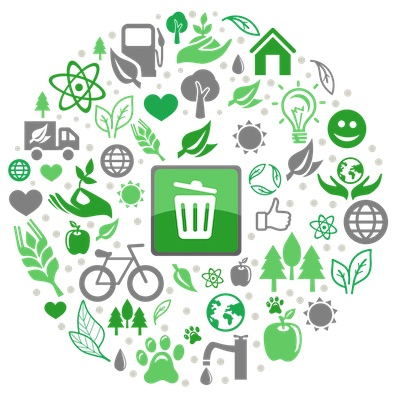 Cleanzine: your weekly cleaning and hygiene industry newsletter 18th April 2024 Issue no. 1110
Cleanzine: your weekly cleaning and hygiene industry newsletter 18th April 2024 Issue no. 1110
Your industry news - first
The original and best - for over 20 years!
We strongly recommend viewing Cleanzine full size in your web browser. Click our masthead above to visit our website version.
Waste to energy market gains public-private partnership attention due to EU 2020 renewable energy targets
 The European waste to energy (WTE) market is experiencing steady growth. A circular economy, the European Union (EU) 2020 renewable energy target, country-specific regulations and incentives to increase energy efficiency favour this pro-WTE trend.
The European waste to energy (WTE) market is experiencing steady growth. A circular economy, the European Union (EU) 2020 renewable energy target, country-specific regulations and incentives to increase energy efficiency favour this pro-WTE trend.
As a result, waste management, modernisation of WTE plants, research and development into new WTE technologies, and public and private partnerships (PPP) are garnering attention.
'European Waste to Energy (WTE) Plant Market, Forecast to 2020', the new analysis from Frost & Sullivan's Environment & Water Growth Partnership Service programme, provides an in-depth insight into the WTE plant market in Scandinavia, Benelux, Germany, France, the U K and Alpine.
The study analyses drivers, restraints and regional outlooks. It assesses the WTE aspect of municipal solid waste management and dominant incineration technologies, such as grate, gasification and fluidised bed.
"WTE plants are a key factor for quality recycling and pave the way for a circular economy that will bring in more employment opportunities, especially in semi-skilled and entry-level jobs," says Frost & Sullivan energy & environment research analyst Akshaya Gomatam Ramachandran.
"To capture new opportunities, leading municipalities and corporations should develop new circular models along their supply chains, target hard-to-recycle materials within waste types to achieve the zero-waste goal, and follow the eco-effectiveness approach to generate cyclical, cradle-to-cradle material flow."
The grate-based incineration system is set to dominate the market in terms of revenue and the number of plants installed. This is due to high maturity, robustness, flexibility and cost effectiveness. Other WTE developments include:
* Increasing demand as countries make their shift from coal and nuclear power to renewable energy.
* Efficient recovery of waste and generation of electricity will minimise the environmental impact of modern WTE plants and offer large carbon dioxide (CO2) savings.
* In Scandinavia, the number of WTE plants is expected to increase gradually through 2020, as energy consumption is largely dependent on renewable energy.
* The incineration segment is expected to be profitable due to modernisation or retrofit works of ageing WTE plants that must now comply with current environmental standards.
* Poland is currently considered one of the most attractive markets in Europe for thermal WTE technologies. About five new projects with capacity of more than 1 million tonnes per annum are in the preparation stage and are likely to enter the market.
* Private companies may build ownership profiles with partners in and outside Europe, as WTE plants are becoming profitable investments.
"To improve the quality of the existing WTE services and harness additional capacities, a substantial amount of investment is needed. Innovative firms and small and medium enterprises should look toward PPP as a way to build strong financial support," notes Akshaya Gomatam Ramachandran. "PPP will trigger foreign direct investment and produce new-generation WTE plants that are likely to yield significant revenue."
6th April 2017







